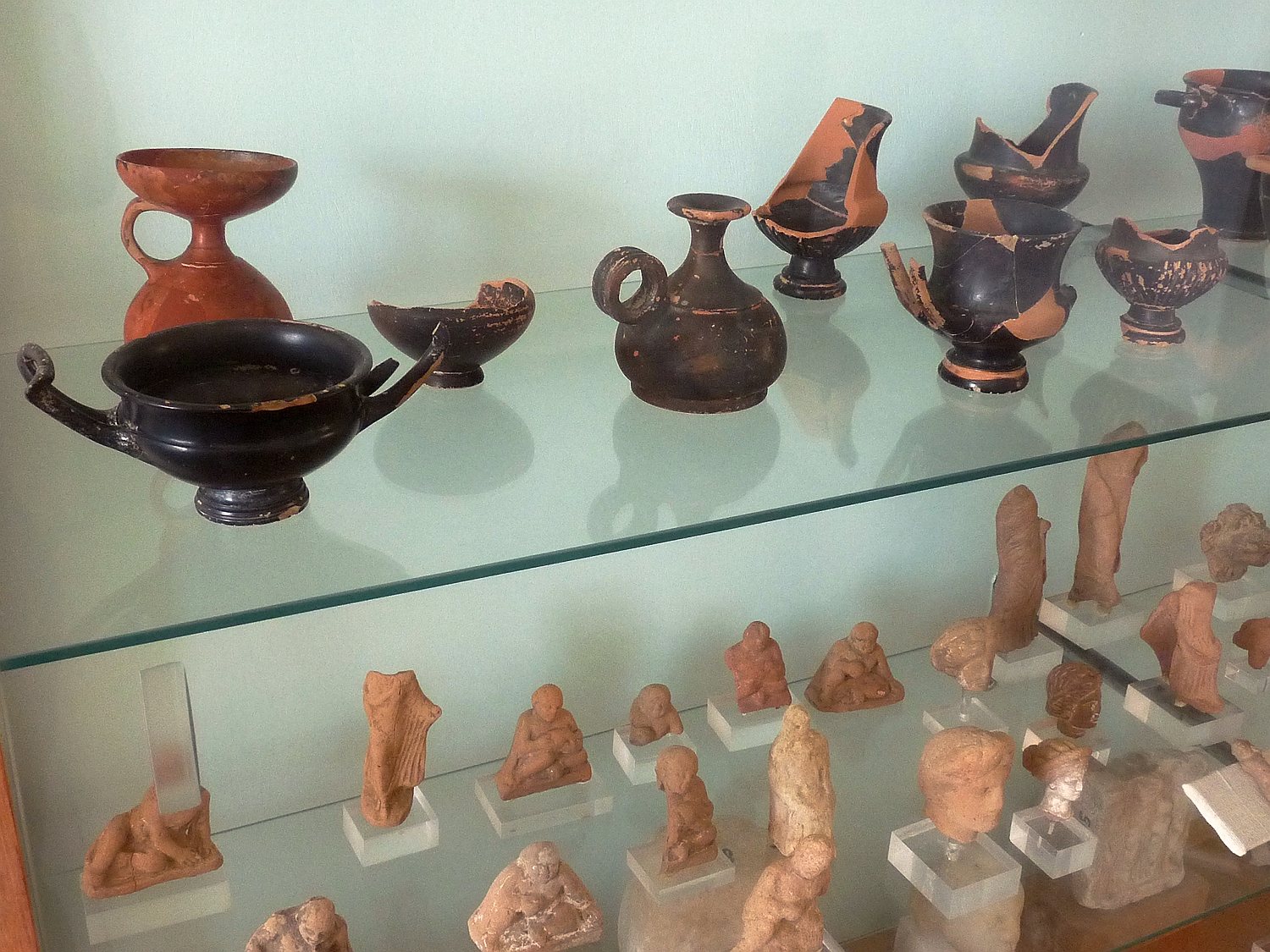
The Hellenistic epoch
The Hellenistic epoch covers the period from 336 BC, starting with the murder of the Macedonian king Phillip II, the father of Alexander the Great, till the beginning of the 1st century BC. The most important event of first ten years is the famous campaign of Alexander the Great to Persia and Egypt, and even to India, which, however, ended with the early death of Alexander the Great in Babylon on the return to Persia. In the succession of Alexander three larger empires arose, that of the Antigonids in Greece, that of the Ptolemies in Egypt and that of the Seleucids in Asia. In Greece Athens could not regain its ancient hegemony, and the city-states formed different alliances, including the Aitolian and Achaean league. Delos developed into an important trading centre. From 200 BC on the Hellenistic realms were gradually conquered by Rome, first Macedonia and the rest of Greece (Athens was conquered in 86 BC), later Asia Minor, Syria and finally Egypt around 30 BC.
Naxos in the Hellenistic epoch
At the end of the Classical epoch with the victory of the Macedonians over Athens, Naxos fell into the Macedonian dominion; in the year 322 BC the Athenian fleet was defeated by the Macedonian fleet near Amorgos. In the year 314 BC many islands of the Aegean, among them probably also Naxos, joined together to form the League of the Islands, which was first under Macedonian influence and whose seat was (again) in Delos. From 288 to about 250 BC the League of the Islands was taken over by the Egyptian Ptolemies, later Rhodes became the centre of the league. Rhodes was defeated by Rome in 168 BC; the island of Delos was returned to Athens by the Romans shortly thereafter and now experienced its greatest prosperity as a trading centre.
In particularly from about 250 BC on, apart from the frequent wars and disputes between different cities and islands, the Aegean suffered a lot from pirate attacks. In the year 87 BC even Delos, which had been spared from attacks so far because of the large sanctuary of Apollo and Artemis, was destroyed by King Mithriades of Asia Minor; after further pirate attacks it was left almost uninhabited. Towards the end of the first century BC, the Aegean islands, including Naxos, finally fell to Rome.
Our information about the Hellenistic epoch on Naxos is rather sparse. In the Chóra several buildings and graves were excavated, which brought some pottery to light. Most of the 3rd century BC pottery was imported from Athens; the Naxian production was of lower quality and followed the Attic style. In the 2nd century the local products account for a larger percentage; still they are of a lower quality than the imported ware, which now comes mainly from Asia Minor. It can be assumed that the imported pottery from Asia Minor reached Naxos via the trading centre on Delos.

pottery and figures from the Hellenistic period in the Archaeological Museum of Naxos
The Hellenistic Towers of Naxos
Despite the many wars and conflicts of the Hellenistic period, the island of Naxos must have attained a certain prosperity during this period – in contrast to the preceding classical epoch, from which we know no important buildings, a number of elaborate buildings have survived from the Hellenistic period. These are the (mostly) round defense towers in southern Naxos, the best preserved and best-known of which is the Tower of Chimarrou. Besides this, remains of other towers have been found near Kalandós at the southern tip of Naxos, in Políchni near Mikrí Vígla, near Agiassós, in Pláka and near Pirgáki. In most cases, only a few stone rows or the foundations of the towers have survived.
The Hellenistic towers of Naxos were points of retreat of larger estates, probably built because of the danger of pirate: They were not made to efficiently withstand a long siege or war, but could protect the inhabitants and their property during a pirate raid. Around the tower of Chimárrou a square, fortified courtyard with small houses, granaries and an oil mill has been excavated, and there are indications that other towers were surrounded by similar structures. Very similar Hellenistic towers can be found on many other islands and in fact all over Greece. Although the Hellenistic towers of Naxos clearly prove the existence of a threat to the islands, especially from pirates, they also bear witness to the relative prosperity of the inhabitants who were able to erect such elaborate buildings. Moreover, the existence of such towers indicates that the islands had returned to the aristocratic system: Apparently, the fertile, cultivated areas of the island were divided among wealthy landowners, while a number of subordinate families, whose members worked for the landowners, lived on the estates.

the Hellenistic tower of Chimárrou with the outer defensive wall

part of the buildings of the fortified courtyard
Monument from the Hellenistic epoch: The Hellenistic tower of Chimarrou
continue: The Roman epoch
see also: